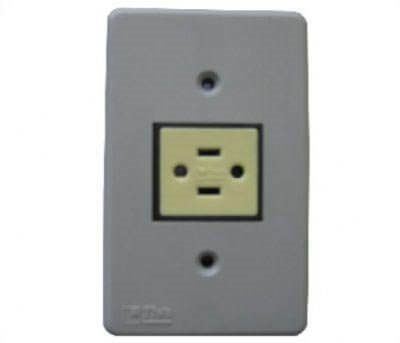I have been asked to suggest a very simple guide as to what size cables should be used for DIY installations overseas, in a hot location. This must be kept simple without the complications of de-rating for grouping or for high ambient temperatures.
I appreciate that the best advice in say the UK is "have the work done by a suitably qualified electrician" This advice is however for locations were allegedly qualified electricians are hard to find and often seem to lack basic competence.
I have therefore suggested the following.
Lighting circuits use 1.0mm cable on a 5 amp or 6 amp fuse. Earthing/grounding required if metal switches or fittings are used, but otherwise is recommended, not obligatory.
General purpose small power use 2.5mm cable on a 15 amp or 16 amp circuit. connected to a number of socket outlets of whatever type is used locally.
Dedicated circuits for larger loads, most likely water heaters, cook stoves, and air conditioners.
For a running current not exceeding 13 amps use 2.5mm cable from a 15 amp or 16 amp circuit.
For running current over 13 amps and up to 18 amps use 4mm cable on a 20 amp fuse.
For running current more than 18 amps and not exceeding 27 amps, use 6mm cable on a 30 or 32 amp fuse.
I consider that these loadings have a large enough factor of safety that no calculations are required for high ambient temperatures. Likewise modest numbers of cables grouped together will be fine at the above ratings. No allowance made for voltage drop, as the above will be fine for modest sized homes. No allowance made for different cable types, as in practice it will be whatever the local shop has in stock.
Earth loop impedance not relevant as no one knows what the earthing system is, if any, and I doubt that anyone has an earth loop tester.I urge use of a front end RCD and a local earth rod. Colour code in line with whatever is used locally.


